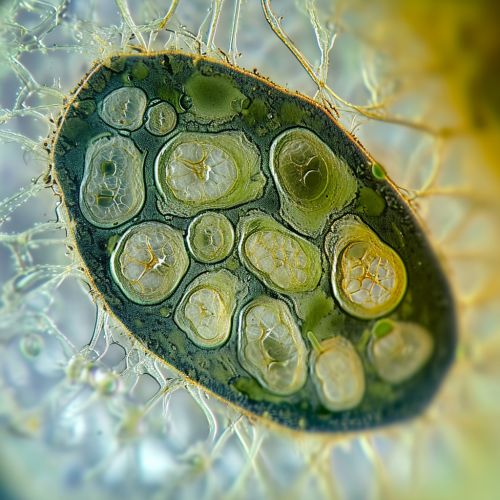Opisthokonta
Overview
Opisthokonts are a broad group of eukaryotic organisms that includes both the animal and fungus kingdoms. This group is named for the posterior location of the flagellum in motile cells, as "opisthokonta" means "rear flagellate" in Greek. The group is defined by DNA sequence data, and includes most animals and fungi as well as a few protists.


Characteristics
Opisthokonts are characterized by a single posterior flagellum, a trait that is shared by all members of this group. This flagellum propels the cell by a whiplash motion. The cells of opisthokonts are typically unicellular, but multicellular forms are also present, particularly in the animal and fungus kingdoms.
Classification
The classification of opisthokonts is based on molecular data, particularly DNA sequences. The group is divided into two main clades: the Holozoans, which includes animals and their closest unicellular relatives, and the Holomycotans, which includes fungi and their closest unicellular relatives.
Evolution
The evolution of opisthokonts is a topic of ongoing research. It is believed that the group originated from a common ancestor that was a unicellular, flagellated protist. Over time, this ancestral opisthokont diversified into the wide range of organisms that are included in the group today.
Diversity
Opisthokonts are incredibly diverse, encompassing organisms as different as humans and mushrooms. This diversity is a testament to the evolutionary success of the group, which has adapted to a wide range of environments and lifestyles.
Importance
Opisthokonts are of great importance in many aspects of life on Earth. Animals, as members of this group, are key players in many ecosystems, while fungi play crucial roles in decomposition and nutrient cycling.
Research
Research into opisthokonts is ongoing, with scientists seeking to better understand the group's evolution, diversity, and role in ecosystems. This research is crucial for understanding the history of life on Earth, as well as for developing new treatments for diseases and improving agricultural practices.
